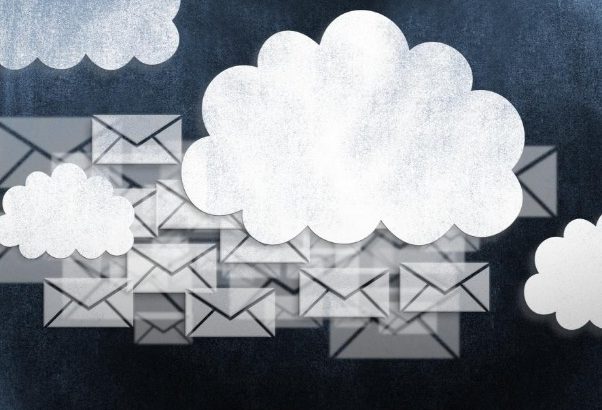At the time it was introduced, email was the same as text messages today. However, just like everything else, it evolved and became much more formal.
Now you we have plenty of text fields like the recipients’ address, subject line, CC, a body field. But emails are still simple documents. While it may seem quick and easy—you type in a message and press send, there you go—but at the backend, a complicated process is activated every time you send or receive and email.
Sender —Recipient
If a lawyer needs to send an email, it should be an address, something that looks like Jerrywills@Jandwlaw.com.
The e-mail is sent to out through SMTP (simple mail transfer protocol). Simply put, the SMPT is similar to a post office—it identified address and postage and also where the mail needs to go. However, your local post office may not be able to make much sense of domains, therefore, in the case of the email, the SMTP reaches out to a Domain Name server (DNS).
A DNS server is more like a digital record of contact information; it transforms domains like JandWlaw.com into an IP, which looks something like 45.256.32.12. It then proceeds to find out if the domain has a mail exchange server. To break it down, this is exactly like your local post office calling the recipient’s post office to find out if he/she has a P.O. Box or mailbox to receive the mail.
Once the SMTP has all the information, the message can now be sent to the recipient’s exchange server. The recipient’s domain’s mail exchange server is also called the Mail Transfer Agent. The MTA precisely identifies the target location, just like a recipient’s post office identifies the right place to put the mail.
Understanding MTA And SMTP
Contrary to your local mailbox, your incoming and outgoing mail is handled by different servers. While there aren’t many complications involved in receiving servers—any computer can be made an MTA—the case is different with SMTPs.
SMTP servers are required to have static IP addresses, and most internet service providers block ports so that users are unable to send mail themselves. This is done to minimize the amount of spam, what MTAs work so hard to filter out. Therefore, you need to both the MTA and SMTP since they serve specific functions.
Looking to set up a cloud mailbox or wondering how cloud computing works and how it can help you, at Rete Consulting we are your one stop IT support company. Give us a call to learn more about our services and pricing.
